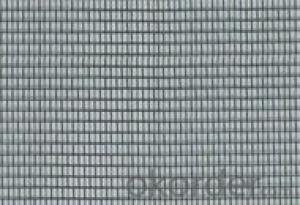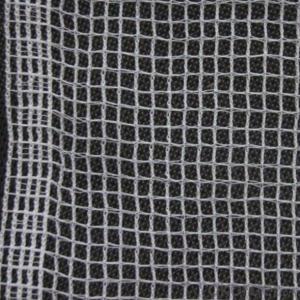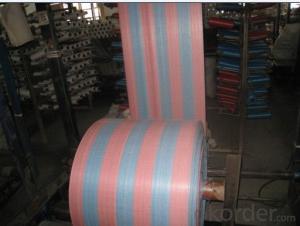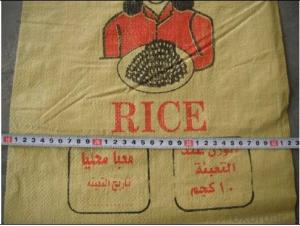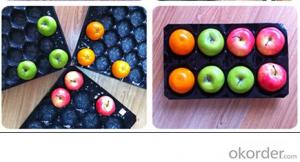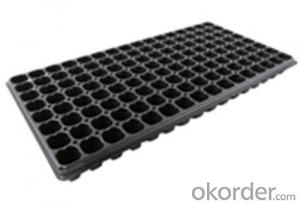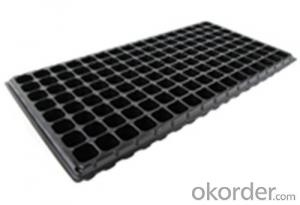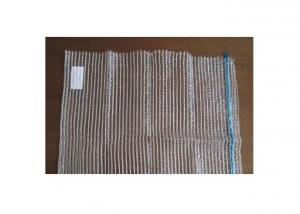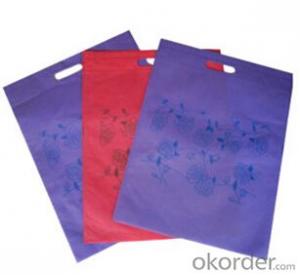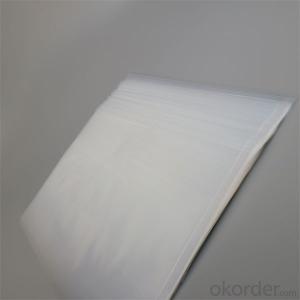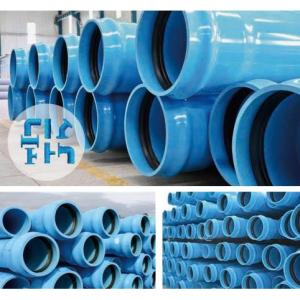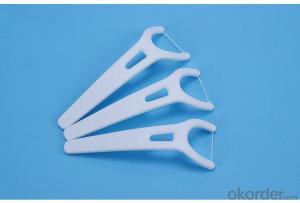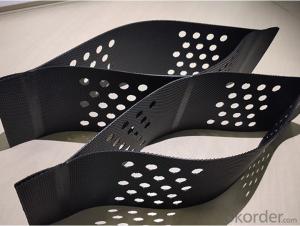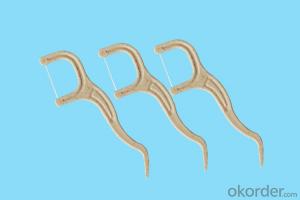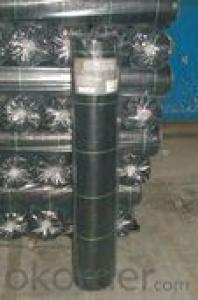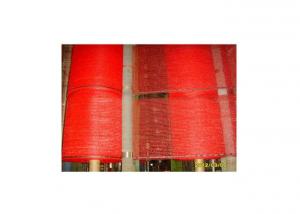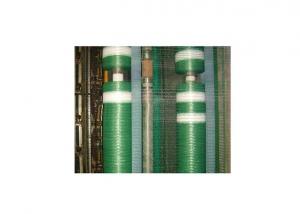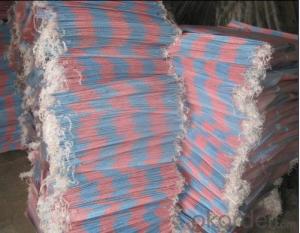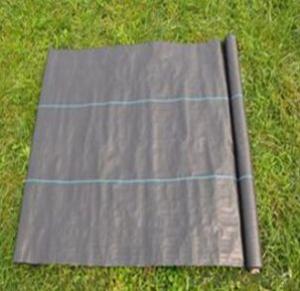Anti Insect Net different mesh 20x10mesh
- Loading Port:
- China Main Port
- Payment Terms:
- TT OR LC
- Min Order Qty:
- -
- Supply Capability:
- -
OKorder Service Pledge
OKorder Financial Service
You Might Also Like
Introduction of Anti insect net:
It isweaved by High-density polyethylene (HDPE) UV stabilized mono filament, and iswidely used in greenhouse construction.
Specifications:
Material base fabric | Fabric Weight | Uv. Content | Temperature range |
HDPE | 80gsm up to 200gsm Standard Weight: 80gsm, 110gsm, 125gsm | 0.3% or 0.5% | -40 ~ +80oC |
Width: 1m, 1.5m,2m (can be joined to 10m)
Length: 20m, 50m,100m
Color: Black, Green, DarkGreen
Minimum life length: 4 years, under normalweather conditions and use.
Applications:
- Being aneffective protection against insects like white fly, etc.
- Helpingreduce the use of phytosanitary products against insects/plagues.
- Allowingmaximum ventilation in hot seasons.
Packing: rolls on cardboard tubes & wrapped in plastic.
- Q:Can nursery trays be used for growing annual flowers?
- Yes, nursery trays can be used for growing annual flowers. Nursery trays are designed to provide a suitable environment for seedlings to grow, and annual flowers can be started as seeds or transplants in these trays before being transplanted into the garden or larger pots. The trays typically have compartments that allow for individual planting and easy transplanting. However, it's important to ensure proper drainage and provide adequate sunlight and water for the flowers' healthy growth.
- Q:What are some ground cover options for acidic soils?
- Some ground cover options for acidic soils include creeping juniper, heather, blueberry bushes, and ferns.
- Q:I'm doing a project and wondering if i can use young's module to calculate the elasticity of a material.young's module can only be used for isotropic materials which means the same in all directions, but i'm not sure if plastic is....thanks!
- You can still use Young's modulus in anisotropic materials, but you will need to know its value along the specific direction you apply the force. Anyway, most usual plastics are isotropic, because they are made by pouring the melted plastic into shapes and letting it solidify. Most plastics don't have a distinct fiber-like structure (like wood does). Even if they are made of strands of molecules (polymers), the anisotropic quality is usually confined to microscopic dimensions, while macroscopically plastics behave in an isotropic way. In tables with Young's modulus values you will also find plastics, which means that they have a sufficiently small anisotropy so that a single Young's modulus value be listed. Everyday use plastics, such as polyethylene, polystyrene, acrylic, etc., don't show any perceivable anisotropy when we use them, unlike wood for instance (that's why it is common to see ply-wood, made of cross-grained layers, but not ply-plastic). Sure enough, you will have anisotropy problems in materials like carbon fiber-reinforced plastics.
- Q:Do nursery trays come with drainage holes?
- Yes, nursery trays typically come with drainage holes to allow excess water to drain out and prevent waterlogging of the plants.
- Q:Can nursery trays be used for starting indoor plant cuttings?
- Yes, nursery trays can be used for starting indoor plant cuttings. These trays typically have multiple cells or compartments that provide a suitable environment for the cuttings to root and grow. They are designed to hold a growing medium like soil or peat pellets and provide drainage, allowing the cuttings to establish roots successfully. Nursery trays are an efficient and convenient choice for propagating indoor plant cuttings.
- Q:We have to use a theory for science whether plastic, card or paper makes a better sail. Please give me your opinion. Thanks heaps!
- Plastic sheeting like construction plastic would work the best. I cannot explain it in scientific terms but you would get the same effect as using sail cloth. But the plastic would not be as strong as cloth.
- Q:How does agricultural plastic affect crop pollinator attraction?
- Agricultural plastic can have both positive and negative effects on crop pollinator attraction. On one hand, plastic mulch can enhance crop growth by retaining moisture and warming the soil, which can attract pollinators. Additionally, plastic row covers can protect crops from pests and harsh weather conditions, ensuring a healthy environment for both crops and pollinators. However, excessive use of plastic can obstruct the visibility and scent of flowers, making it difficult for pollinators to locate and access them. This can hinder their ability to carry out effective pollination, impacting crop yields. Therefore, it is crucial to find a balance in the use of agricultural plastic to minimize its negative impact on crop pollinator attraction.
- Q:what classification of plastic is ABS plastic? can it be recycled?
- ABS stands for acrylonitrile / butadiene / styrene. It is a terpolymer, ie, one made with three monomers. It is an addition polymer, one which is polymerized by opening double bonds [as opposed to a condensation polymer like nylon or polyester, where small molecules are broken out]. ABS is a linear thermoplastic. It is quite tough, because it has both rubbery and glassy segments. I see no reason it could not be recycled, though there could be problems with getting enough of it together to be economic. Polyethylene is made in such huge quantities that gathering enough of it to recycle is economically feasible.
- Q:Well, I'm just wondering what your view on plastic surgery is. I, myself, don't consider it very important. Plastic surgeons don't save lives. Therefore, they are not real doctors.
- before you decide a specialty you need to go through the basics of medicine or premed, then med school, then the specialty that adds up 4 to 6 more years. It's just a persons choice what level and specialty they want to follow. Being a doctor is not just saving lifes.
- Q:What are the different types of plastic films used in agriculture?
- There are several types of plastic films commonly used in agriculture, including low-density polyethylene (LDPE), high-density polyethylene (HDPE), ethylene-vinyl acetate (EVA), polyvinyl chloride (PVC), and polypropylene (PP). These films are used for various purposes such as greenhouse coverings, mulching, soil disinfection, and crop protection. Each type of plastic film has its own specific properties and advantages, making them suitable for different agricultural applications.
1. Manufacturer Overview |
|
|---|---|
| Location | |
| Year Established | |
| Annual Output Value | |
| Main Markets | |
| Company Certifications | |
2. Manufacturer Certificates |
|
|---|---|
| a) Certification Name | |
| Range | |
| Reference | |
| Validity Period | |
3. Manufacturer Capability |
|
|---|---|
| a)Trade Capacity | |
| Nearest Port | |
| Export Percentage | |
| No.of Employees in Trade Department | |
| Language Spoken: | |
| b)Factory Information | |
| Factory Size: | |
| No. of Production Lines | |
| Contract Manufacturing | |
| Product Price Range | |
Send your message to us
Anti Insect Net different mesh 20x10mesh
- Loading Port:
- China Main Port
- Payment Terms:
- TT OR LC
- Min Order Qty:
- -
- Supply Capability:
- -
OKorder Service Pledge
OKorder Financial Service
Similar products
New products
Hot products
Related keywords
